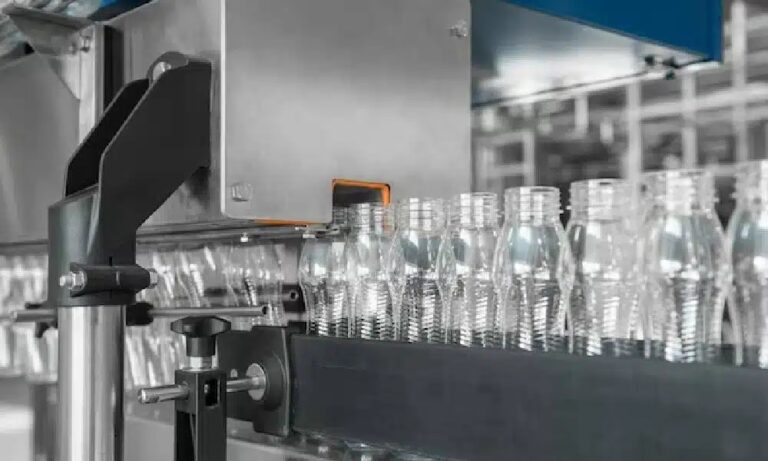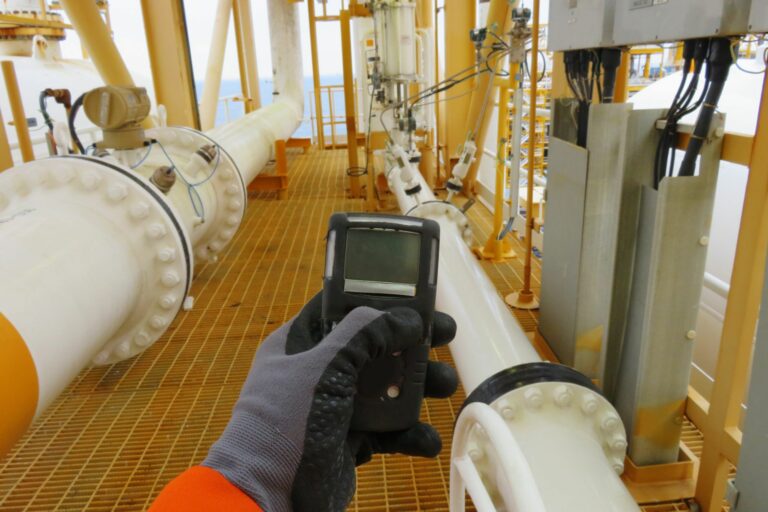Integrating smart energy solutions is transforming the global energy landscape, driving the need for robust testing standards like IEEE 2030.5. Conformance testing for IEEE 2030.5 is critical in ensuring that smart energy devices, such as Distributed Energy Resources (DER), smart inverters, and electric vehicles (EVs), work together seamlessly. Compliance with these standards is essential for manufacturers and developers to deliver reliable, interoperable products that meet regulatory and market demands.
QualityLogic has positioned itself as a leading provider of advanced conformance testing tools for IEEE 2030.5. As a pioneer in developing state-of-the-art testing solutions, QualityLogic has helped companies achieve compliance with critical regulatory requirements such as California’s Rule 21 and Common Smart Inverter Profile (CSIP) standards. By providing comprehensive and precise testing tools, QualityLogic enables companies to bring efficient, interoperable products to the rapidly evolving smart energy market.
Explore the significance of IEEE 2030.5 conformance testing and how QualityLogic’s advanced tools play a role in achieving compliance.
IEEE 2030.5 and Its Importance
The IEEE 2030.5 standard, also known as the Smart Energy Profile 2.0 (SEP2), is a crucial communication protocol designed for distributed energy systems. It enables smart energy devices, including solar inverters, energy storage systems, and electric vehicle (EV) charging stations, to communicate effectively with one another. This standard facilitates secure, reliable, and interoperable communication, ensuring that all connected devices within a grid system can exchange information seamlessly.
In today’s interconnected energy ecosystem, interoperability is critical for maintaining grid stability and optimizing energy flows. The IEEE 2030.5 standard serves as the backbone for smart grid communications, promoting efficient demand response, energy management, and grid services. It also allows utilities to control and monitor energy generation and consumption more effectively, ensuring grid reliability and reducing operational costs.
The growing adoption of renewable energy sources, electric vehicles, and smart grid technologies has increased the demand for rigorous conformance testing. With regulatory mandates like CA Rule 21 in California and CSIP in Australia, compliance with IEEE 2030.5 has become a prerequisite for entering these key markets. Conformance testing ensures that smart energy products adhere to these standards, ensuring compatibility with existing grid systems and meeting the evolving needs of the energy sector.
QualityLogic’s IEEE 2030.5 Conformance Test Tools
QualityLogic offers cutting-edge conformance testing tools specifically designed to support IEEE 2030.5 standards. These tools enable companies to perform rigorous testing of their smart energy devices, ensuring that they meet the highest standards of interoperability and compliance.
One of QualityLogic’s flagship products is the Functional Test Suite (FTS). This comprehensive testing tool helps manufacturers validate their products’ conformance to IEEE 2030.5 protocols. The FTS is designed for both protocol conformance testing and certification processes, making it an essential tool for companies seeking CA Rule 21/CSIP compliance. It provides a detailed, automated testing environment to simulate real-world scenarios and validate device behavior under various conditions.
In addition to the FTS, QualityLogic offers Ad Hoc Testers, which provide more flexible testing options. These tools are designed to test interoperability by simulating client/server interactions within smart energy networks. The Ad Hoc Testers are valuable in testing a range of communication scenarios, ensuring that devices can handle various energy functions, including demand response, metering, and energy flow reservation.
Key features of QualityLogic’s test tools include support for communication fundamentals, core function sets, and the ability to simulate complex testing environments. These tools allow developers to thoroughly assess their devices’ performance and identify any potential issues before they hit the market.
Ensuring Interoperability With IEEE 2030.5
Interoperability is one of the most important factors for smart energy devices. In the context of distributed energy resources (DERs) and smart grid systems, the ability for devices to communicate with each other seamlessly is essential for optimizing energy management, demand response, and grid stability.
QualityLogic’s test tools are designed with interoperability at their core. They facilitate testing for a wide range of smart energy functions, such as demand response and energy flow management. By ensuring that smart energy products can communicate and operate cohesively within the grid system, these tools help manufacturers deliver products that are compliant and fully functional in diverse energy ecosystems.
Another significant feature of QualityLogic’s offerings is the J3072 IEEE 2030.5 Profile Test Tool, specifically targeting electric vehicle (EV) systems. With the growing adoption of electric vehicles, the demand for conformance testing in this sector is increasing rapidly. QualityLogic’s tools enable manufacturers to ensure their EV charging stations and other related devices meet the necessary standards for seamless integration into the smart grid.
CA Rule 21 and CSIP Compliance With QualityLogic’s Tools
California’s Rule 21 and CSIP standards have set stringent requirements for DER systems and smart inverters, requiring manufacturers to meet these standards to operate within the state’s energy market. CA Rule 21 Phase 3, in particular, mandates advanced capabilities such as autonomous voltage support and communications with utilities.
QualityLogic’s conformance testing tools play a vital role in helping manufacturers achieve CA Rule 21 and CSIP certification. These tools allow developers to test for specific functions required under these regulations, ensuring their devices are ready for the market. QualityLogic’s testing solutions are comprehensive and cover everything from basic communications to more advanced capabilities, such as demand response and grid services.
Scalability and error handling are critical aspects of compliance testing. QualityLogic’s tools are designed to test devices under various conditions to ensure they can handle real-world scenarios. This includes testing the robustness of devices in handling communication errors and ensuring they can operate effectively in complex environments.
Staying Updated With Maintenance Contracts
The regulatory landscape in the smart energy industry is constantly evolving. As standards such as CA Rule 21 and CSIP are updated, manufacturers need to ensure that their products remain compliant. QualityLogic offers maintenance contracts that provide regular updates to their testing tools, ensuring that they stay current with the latest regulatory changes.
These maintenance contracts deliver significant value by offering new features, tools, and updates that help companies keep their products up to date. By subscribing to these contracts, manufacturers can reduce the risk of non-compliance and ensure that their devices continue to meet the latest market requirements.
Find the Right Testing Tools at QualityLogic
In the dynamic world of smart energy, conformance testing for IEEE 2030.5 is essential for ensuring that products are interoperable, compliant, and ready for the market. QualityLogic’s industry-leading tools provide comprehensive testing solutions that help manufacturers achieve CA Rule 21/CSIP certification and meet the growing demand for reliable, smart energy devices.
By utilizing QualityLogic’s advanced test suites, companies can accelerate their product development, ensure regulatory compliance, and bring high-quality, future-proof products to market. For more information on how QualityLogic’s IEEE 2030.5 conformance test tools can benefit your business, contact QualityLogic today and take the first step toward successful product certification.








